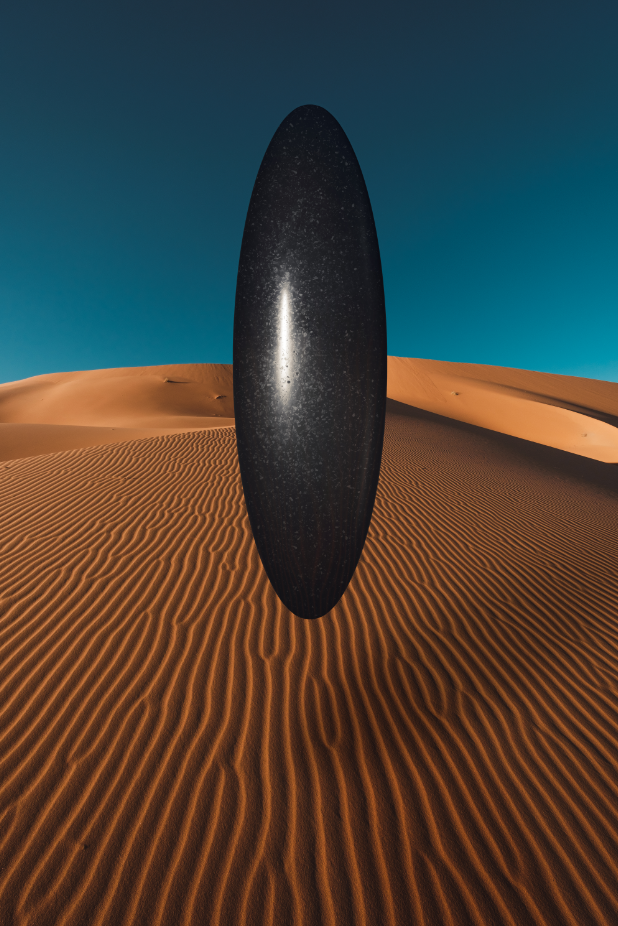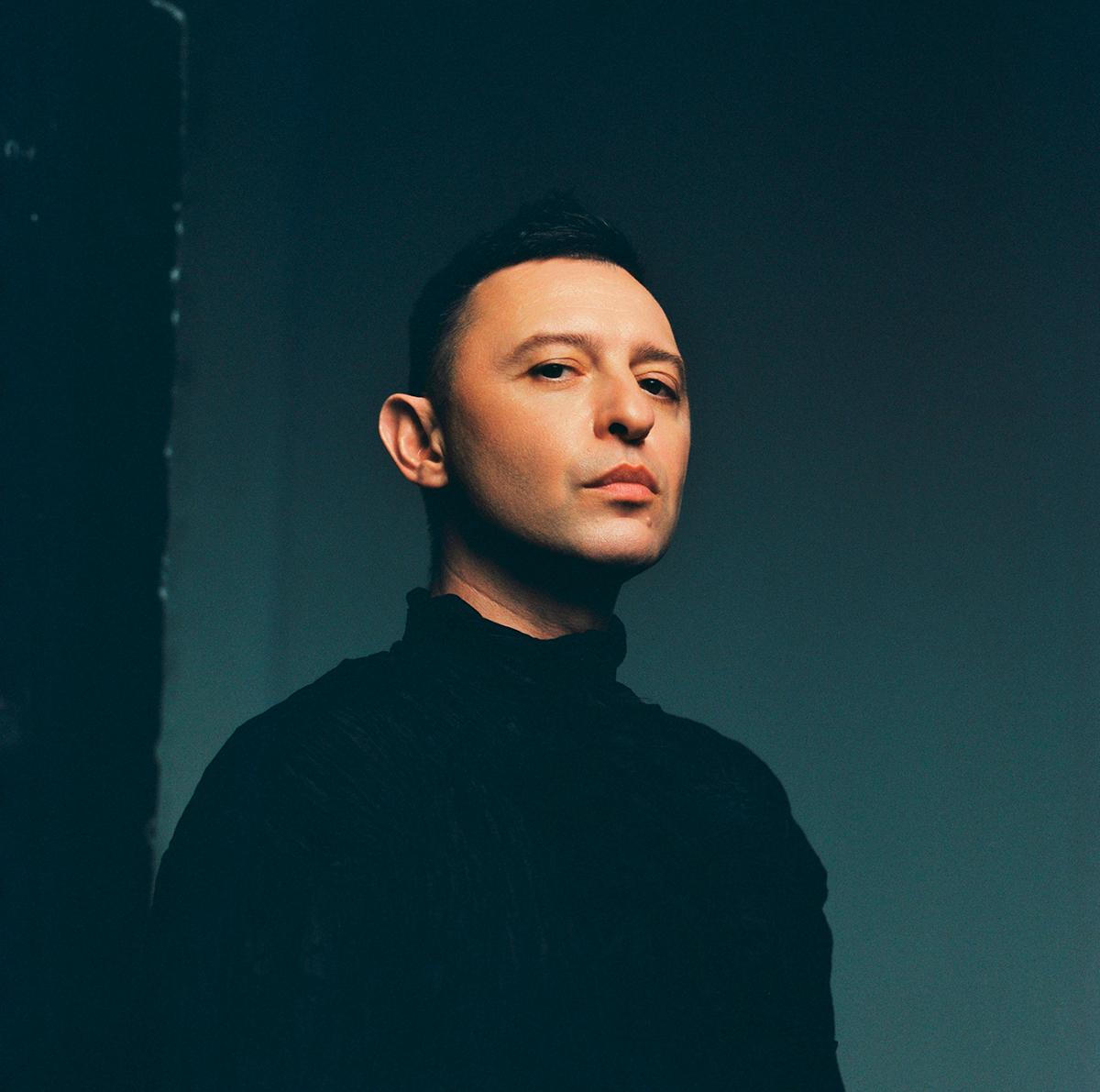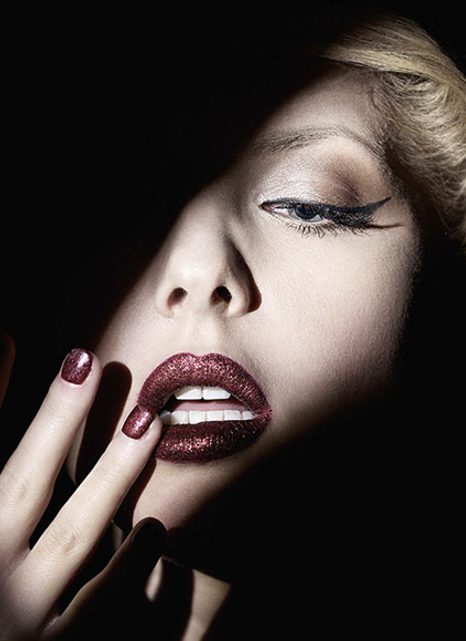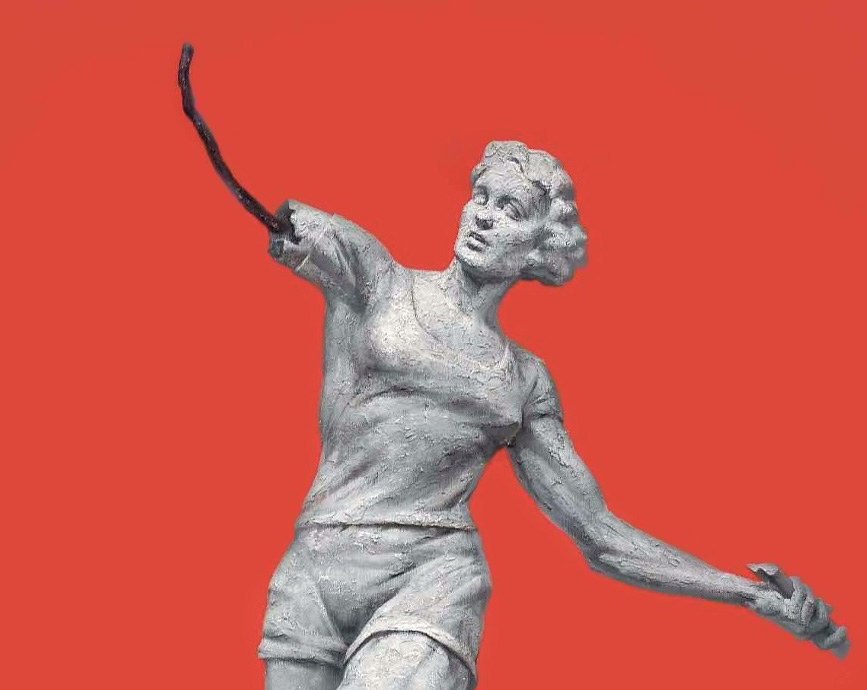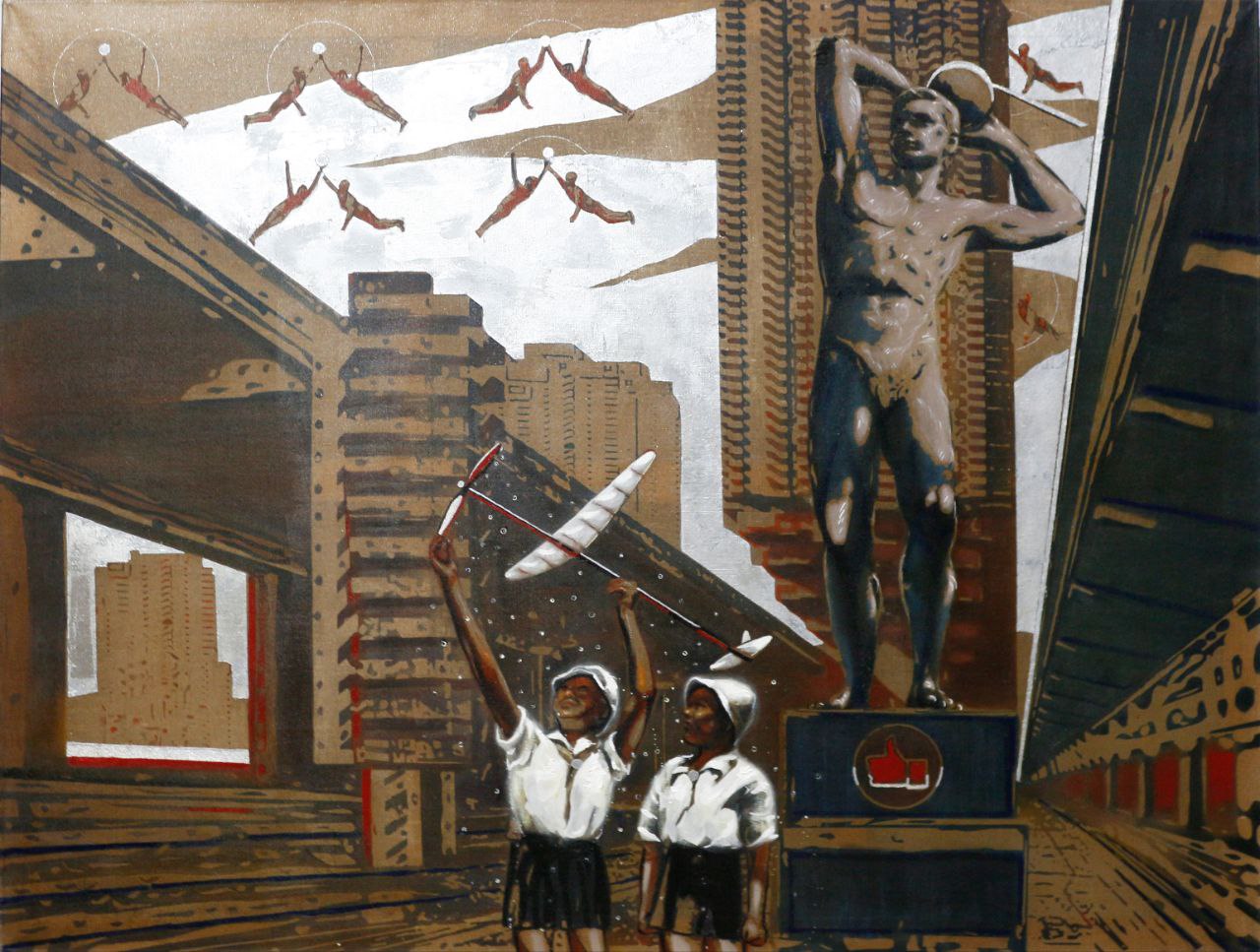Erarta Museum presented an exhibition by Vladimir Polyakov whose artworks contrast the tangibility of objects with the intangibility of thought
-
Visuals suggested by the constitution of the Universe
-
Evolution of form filtered through the artist’s consciousness
-
Point-to-point light installations
Where are the real borders of art? What is form without a meaning attached? At which point does it acquire substance? The St. Petersburg based artist Vladimir Polyakov encourages us to find the answers to these questions at his solo show. The imagery of his artworks is in constant flux, reinventing itself according to time and place. Form, as the artist believes, is no longer significant, acting merely as the guide to new content.
The Nameless Matter exhibition is an attempt to put the movement and alteration of form within a historical context. According to the artist, the purpose of art is to demonstrate and visualise the facts of reality that we tend to overlook. Vladimir Polyakov’s art is born on the borderline where the tangibility of objects clashes with the intangibility of thought, producing a hidden force crystallised in the image form.
The artist attaches particular importance to the material aspect of time. He is curious to find out how long his artwork will exist and how it will be destroyed, how many times and in what ways it will be interpreted by the viewer.
The backbone of Polyakov’s creative method is constituted by what the artist considers to be the basic shapes of the Universe, bathed in a special enigmatic light. No less important to him is the relativity principle: an object can take on different meanings depending on the observer and his or her background.
Vladimir Polyakov’s exhibition is about form and substance, exploring the physical outlines of the former. After all, at its zero point, form is as neutral as can be, but nevertheless affords endless interpretations. The artist perceives form in the context of infinity. He makes a point of allowing the object to evolve with time, thus endowing it with new features and characteristics not commonly found in living beings.
Vladimir Polyakov’s art reminds the viewer of the transience of being and the relative nature of perception. The artist prompts us to look at the form liberated from all effects of reality and find a point at which it begins to acquire meaning, finding its ultimate expressive power.
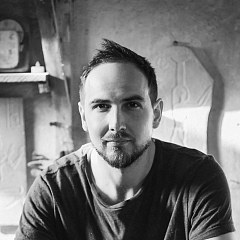
A third generation artist, Vladimir Polyakov was born and raised in Leningrad, amid a creative environment. Vladimir enjoyed drawing and sculpture since childhood. After graduating from an art school, he went on to earn a college degree in Monumental and Decorative Arts and Sculpture. The school gave him the essential skills required for working with materials and form according to the academic canon, while his studies at the St. Petersburg Stieglitz State Academy of Art and Design allowed him to appreciate form as an independent phenomenon and push the limits of academism.
Since 2012, Vladimir Polyakov spent a decade replicating the Egyptian sculptures of the New Kingdom era – his versions are now housed in major private and museum collections in St. Petersburg and Moscow. In the most recent years, the artist has been exploring the techniques of transferring images onto concrete objects.
Supported by:

